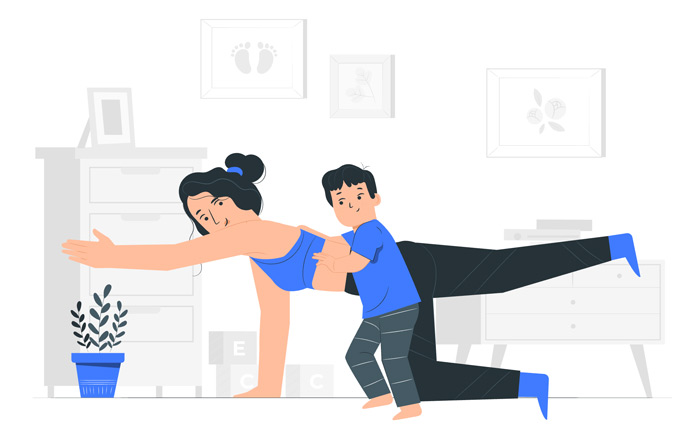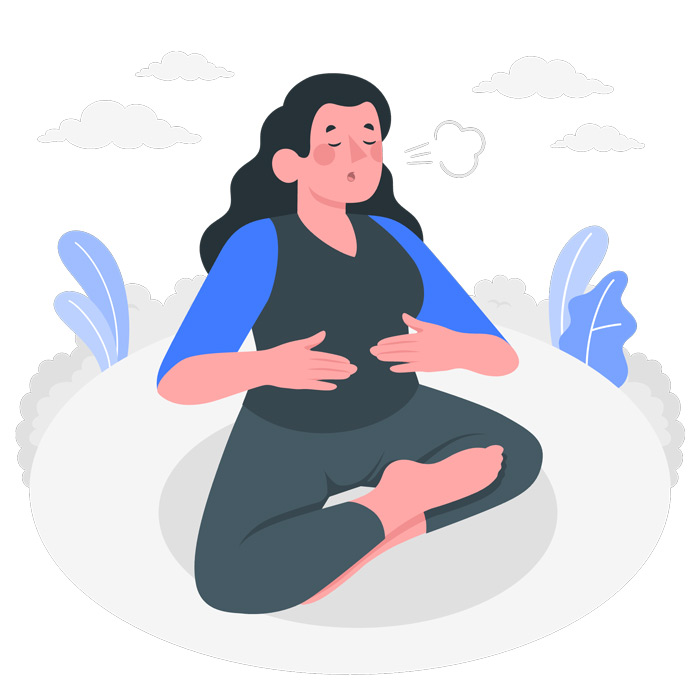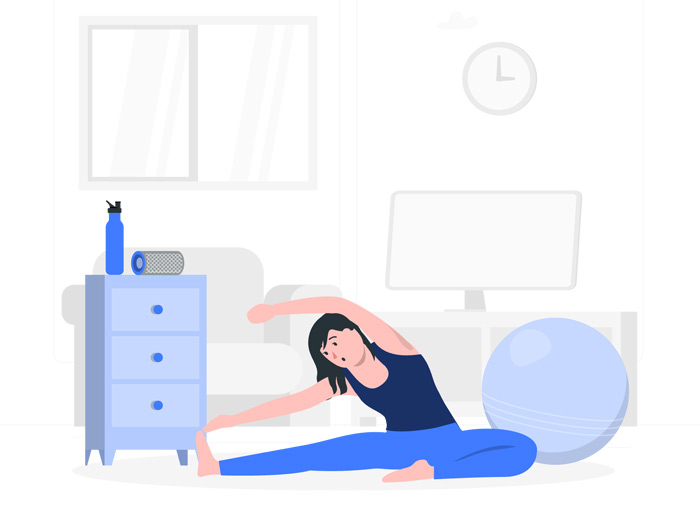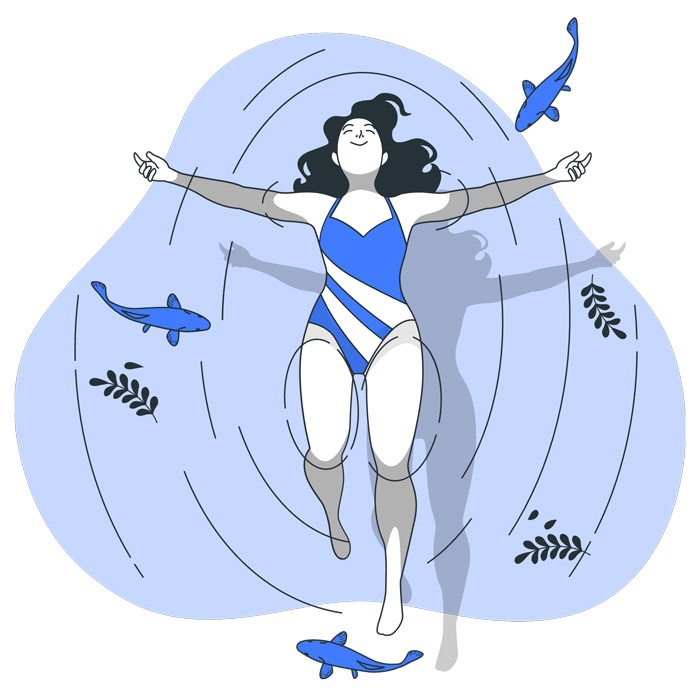
Non-weight Bearing Exercises When Using A Knee Scooter
- Ever wondered how you could maintain your fitness momentum even with a leg injury?
- What if there was a way to not only preserve but enhance your physical well-being without putting any weight on that injured foot?
- Lets dive into this guide to discover the transformative power of non-weight bearing exercises.

What are non-weight bearing exercises?
Non-weight bearing exercises are activities that allow individuals to exercise without placing stress or weight on certain parts of the body, particularly the lower legs.
These exercises are especially beneficial for those recovering from injuries, surgeries, or other medical conditions that restrict weight-bearing activities. They offer a way to maintain physical fitness, improve muscle strength, and promote healing without risking further injury.

Benefits of Non-weight Bearing Exercise
Engaging in non-weight bearing exercises can increase strength, flexibility, cardiovascular health, and balance.
These exercises can also prevent muscles from becoming tight or short after an injury, ensuring a smoother recovery process.Word of Caution
Just remember to be safe when practicing these exercises.Do not put any weight on your foot until your doctor or physical therapist tell you to do so.Upper Body Exercises Guide
1A - Dumbbell Chest Press
2A - Bent-Over Seated Row
3B - Dumbbell Shoulder Press
4B - Chest Flies with a Cable
5C - Seated Lateral Raise
6C - Tricep Extensions
7E - Seated Twist with Dumbbell
8E - Bicep Curls
9E - Supine Leg lowers from Bench

Light Fare
If you prefer a more simple and lighter exercise, check out the beginners seated workout. If you prefer to break out a sweat, then the pilates workout (for people with lower leg injuries) is for you.
Beginners Seated Workout
Cardio Workout with Pilates
Lets take a look at other non-weight bearing activities.

Swimming
Swimming is a full-body workout that offers resistance training and cardiovascular benefits.
When you stand in waist-deep water, your skeletal system only has to bear half of your actual weight. Different strokes target various muscle groups, ensuring a comprehensive workout.
Arm Cycling
Arm cycling, also known as hand biking, is an excellent alternative to traditional biking.
It targets the upper body, specifically the arms, shoulders, and upper back. Using a stationary arm cycle machine, you can adjust resistance levels to either focus on building muscle strength or enhancing cardiovascular endurance.
Paddling
Paddling, whether in a canoe or kayak, is more than just a leisure activity.
Each stroke works the arms, shoulders, upper back, and core. The resistance of the water provides a strength training component, while the continuous motion offers cardiovascular benefits.

Yoga
Yoga is not just about flexibility; it's also about strength, balance, and mental well-being.
For those with lower leg injuries, seated or lying yoga poses can be beneficial. Poses like the "Seated Forward Bend" or "Supine Hand-to-Big-Toe Pose" can help stretch and strengthen the spine and abdominal muscles.
Pilates
Pilates is centered on core strength, but it also emphasizes posture, balance, and flexibility.
Using specialized equipment or mat exercises, Pilates routines can be adapted for non-weight bearing needs. The controlled movements in Pilates promote muscle endurance and flexibility.
Final Thoughts
In summary, non-weight bearing exercises offer a diverse range of activities that cater to individuals with lower leg injuries or restrictions.
From the full-body benefits of swimming to the core strengthening of Pilates, there's something for everyone. These exercises not only promote physical well-being but also ensure that recovery doesn't mean sidelining your fitness goals.
Embracing these workouts can pave the way for a healthier, more resilient you. Stay active, stay safe, and always consult with a professional before starting any new exercise regimen.
More Great Rent A Knee Walker News & Stories
- •
- •
- •
- •

